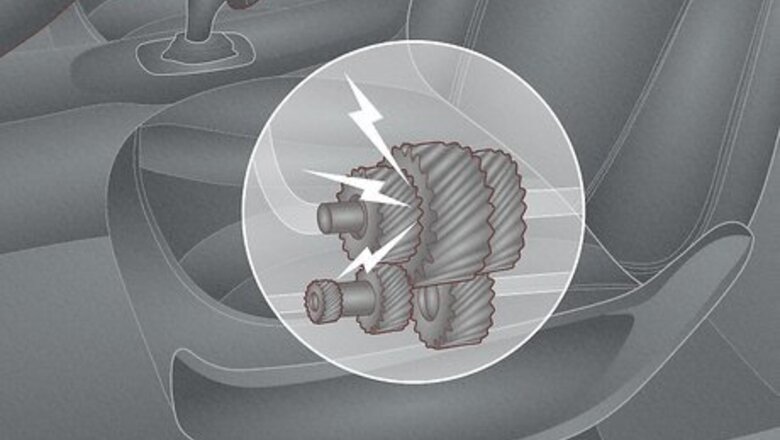
views
- Signs you need a full transmission flush include grinding noises, trouble shifting gears, slipping gears, and trouble controlling your vehicle.
- A transmission flush involves replacing 100% of the transmission fluid, while a fluid change only swaps out roughly half of the fluid.
- A transmission flush is only necessary if the transmission fluid is contaminated or there’s something wrong with your transmission.
Signs You Should Flush Your Transmission

Strange grinding noises Transmission fluid lubricates the gears. As it slowly degrades and burns away over time, your transmission gears can start to grind against one another. This grinding can lead to all kinds of strange creaking, mashing, and shredding noises, which may be especially noticeable when your vehicle shifts gears.
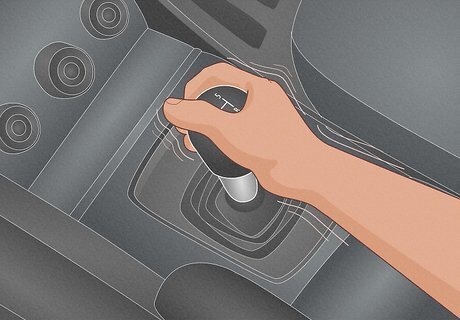
Trouble changing gears The transmission’s job is to make sure power goes from the engine to the wheels. As part of this job, the transmission is responsible for shifting your vehicle’s gears. If you find it harder to physically move the shifter in your manual car or you notice that your automatic vehicle hesitates when it’s time to change gears, you probably need a transmission flush. In extreme cases, you may not be able to even put your car in reverse at all.
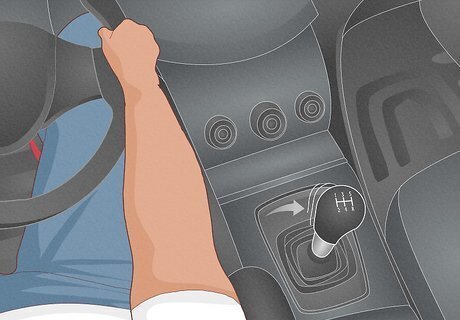
Slipping gears While trouble changing gears is a common sign you need a transmission flush, a vehicle moving in and out of gears too easily can also indicate there’s a problem. Without adequate transmission fluid, you may notice your vehicle slides in and out of gears way too easily. This can be a safety concern if your vehicle randomly slips gears when you’re in heavy traffic.
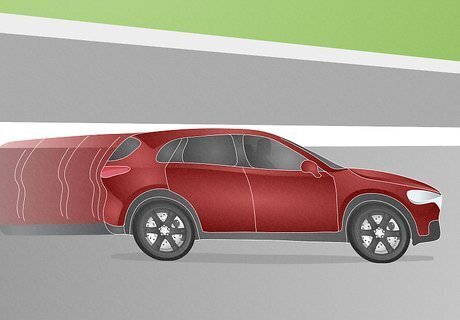
Random surging The slipping and sticking gears will lead to some awkward and potentially dangerous situations when you’re behind the wheel. You may feel your transmission kick and pull your vehicle forward when you aren’t pressing that hard on the accelerator. If you notice this, it’s a sign that you may be doing serious damage to your transmission. Avoid continuing to drive if you’re getting serious kicks and surges.

Delayed vehicle responses With the transmission struggling to hold up to the task, you may notice that your handling power is slightly diminished. Perhaps you notice it’s a little harder to turn the steering wheel, or maybe your car just generally feels different. All of this indicates it’s time to flush your transmission. If you notice that the vehicle is so hard to drive that you don’t feel completely in control, don’t drive.
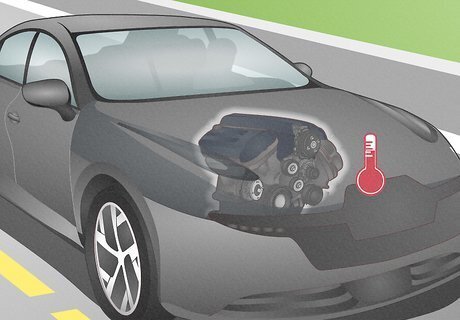
Engine running hot If your transmission fluid is low or going bad, your transmission will struggle to transfer power from the engine to the wheels. This means your engine will have to work overtime, and excess energy leads to heat. If your engine appears to be running hotter than normal, it’s a sign the transmission fluid needs to be flushed.
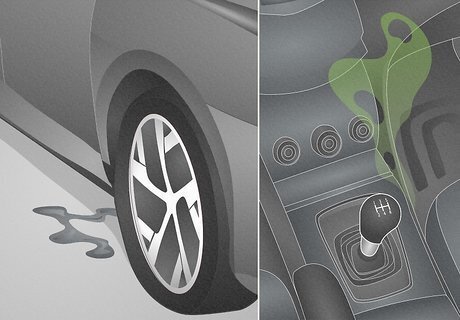
Leaks or strange odors If your interior smells a little strange and/or you see fluid spots under your vehicle, you may need not only a transmission flush, but a repair! It could be that your transmission fluid is burning up or you’ve got a crack in one of your transmission lines. Transmission fluid smells kind of sweet and tart, so if you smell anything like that while you’re driving, it’s probably transmission fluid. EXPERT TIP Hovig Manouchekian Hovig Manouchekian Auto Repair & Design Specialist Hovig Manouchekian is an Auto Repair and Design Specialist and the Manager of Funk Brothers Auto, a family-owned business operated since 1925. With over 30 years of experience in the automotive industry, Hovig specializes in the process of auto repair and maintenance. He is also very knowledgeable in common automotive issues and needs including engine repair, battery replacement, and windshield accessory and maintenance. Hovig's knowledge and hard work have contributed to Funk Brothers Auto winning Angie's List Super Service Award for five consecutive years. Hovig Manouchekian Hovig Manouchekian Auto Repair & Design Specialist Act immediately if there is coolant in your transmission. Flush the transmission fluid immediately to remove contamination. Identify the leak source and see a mechanic for diagnosis and repair. Ignoring this can destroy your transmission.
How often should you flush transmission fluid?
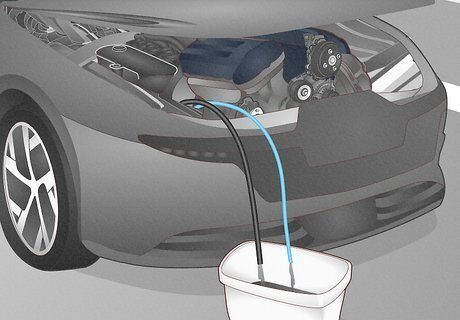
You only need a flush if your fluid goes bad or there’s an underlying issue. Most vehicles will go their entire working lives without ever needing a transmission flush. This process is only necessary if the fluid has gone so bad it’s causing serious problems, it can’t be mixed with fresh transmission fluid because of a contaminant, or if there’s damage to your transmission causing debris to get into the system. If there are other issues that need to be resolved, the mechanic will make those repairs first before they flush the transmission. You cannot flush your transmission at home—there’s a unique flushing device that only mechanics have access to. You should change your transmission fluid every 30,000 miles (48,000 km) or so. If you regularly change the fluid, you may never need to flush your transmission fluid.
How much does a transmission flush cost?

Expect to spend $125-250 on a transmission flush. This is roughly twice as much you can expect to spend on a normal transmission change. The costs will mainly depend on the size of your vehicle (bigger transmissions take longer to flush) and how complicated your model makes it to remove the filter and pan.
Transmission Fluid Flush vs. Transmission Fluid Change
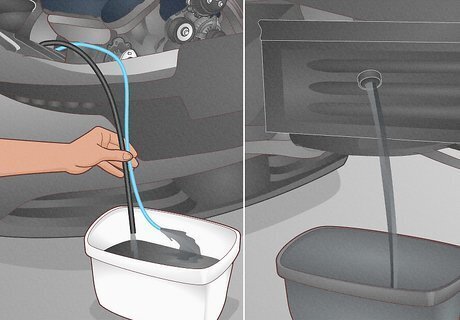
A flush is more comprehensive and thorough than a change. Changing the transmission fluid involves removing the drain pan and replacing 50-75% of the fluid. During this process, a lot of the old fluid is left in the system. This is normally enough to get the transmission back to healthy levels. A flush, on the other hand, involves cycling out 100% of the oil. Shops will charge more for a transmission flush since it involves a much more comprehensive process.
















Comments
0 comment